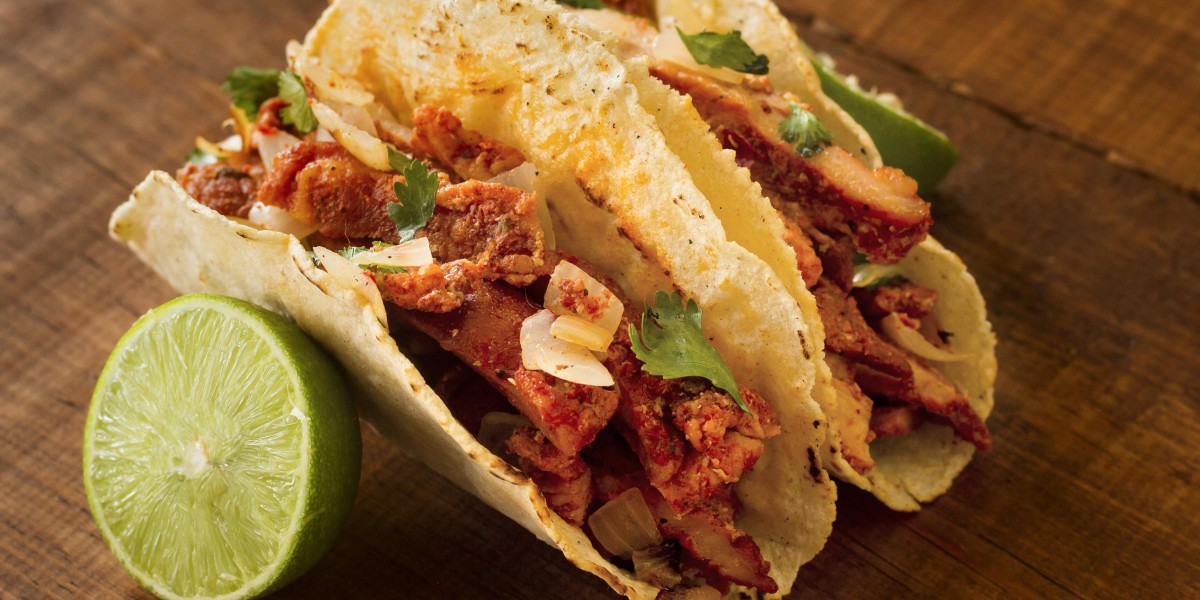Tacos de tripa are a beloved staple in Mexican street food culture, offering a unique taste and texture that sets them apart from other taco varieties. The term "tripa" refers to beef small intestines, which, when prepared properly, transform into a delicacy appreciated by many across Mexico and beyond.
Origins and Cultural Significance
The history of tacos de tripa is deeply rooted in Mexican culinary tradition. For generations, no part of the animal goes to waste, and tripa, often overlooked in many cuisines, is celebrated here. Traditionally, tripas were a humble ingredient consumed by working-class families, but today, they are enjoyed by people from all walks of life due to their savory flavor and unique texture.
In Mexico City and other parts of the country, tacos de tripa are commonly found at bustling taquerías where the preparation process is an art form. Vendors often prepare the tripa by thoroughly cleaning, boiling, and then grilling or frying it to achieve the perfect crunch on the outside while maintaining tenderness inside.
Preparation and Culinary Techniques
Preparing tacos de tripa requires skill and care. The first step is meticulously cleaning the intestines to remove any impurities and odors. After cleaning, the tripa is boiled or simmered for several hours to tenderize the meat. This slow cooking is crucial to soften the tough texture, making it more palatable.
Once tender, the tripa is cut into small pieces and cooked on a hot griddle or grill. The cooking method varies—some prefer it crispy, while others enjoy it softer. The grilling process adds a smoky flavor and a delightful crunch that contrasts the chewiness inside, giving tacos de tripa their distinctive appeal.
Traditionally, these tacos are served on soft corn tortillas and topped simply with chopped onions, fresh cilantro, and a squeeze of lime. Salsa varieties, ranging from mild to extremely spicy, accompany the tacos to enhance their flavor profile.
Nutritional and Sensory Experience
One of the reasons tacos de tripa remain popular is their unique texture—a combination of crispy exterior and tender interior that provides a delightful mouthfeel. The taste can be described as rich and savory, with the grill imparting a slight smokiness that complements the meatiness of the tripa.
From a nutritional standpoint, tripa is high in protein and contains essential vitamins and minerals. However, due to its fat content, it should be consumed in moderation. Many people enjoy tacos de tripa as an occasional treat rather than a daily meal, savoring its robust flavor and special texture.
Modern Twists and Global Influence
While tacos de tripa are firmly traditional, modern chefs have begun experimenting with new ways to serve this classic dish. Fusion tacos featuring tripa combined with unexpected ingredients, such as gourmet sauces or unique spice blends, have emerged in upscale Mexican restaurants worldwide.
Moreover, the global popularity of Mexican cuisine has introduced tacos de tripa to international audiences. Food festivals, pop-up taquerías, and Mexican street food vendors in major cities around the world often feature tripa tacos, helping to spread awareness and appreciation for this traditional dish.
Conclusion
Tacos de tripa offer more than just a meal—they represent a rich cultural heritage and a testament to the resourcefulness of Mexican cuisine. Their unique texture, flavor, and preparation methods create a culinary experience cherished by many. Whether enjoyed from a street vendor in Mexico or at a modern restaurant abroad, tacos de tripa continue to captivate food lovers with their authentic and bold flavors.



